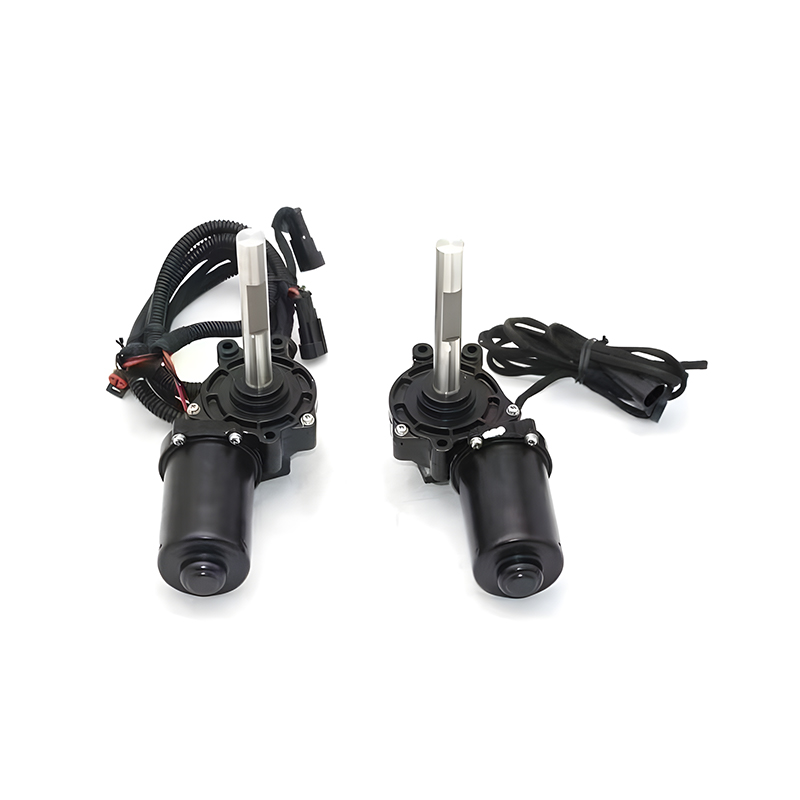These tests were carried out in controlled conditions simulating real-world vehicle environments. The aim was to assess the long-term behavior of the motors under repeated activation cycles, exposure to heat and humidity, mechanical load variations, and potential voltage fluctuations. Each motor underwent tens of thousands of open-close cycles, replicating several years of everyday usage.
The car window motor regulator, often installed in all four doors of a vehicle, showed consistent operation throughout the testing period. The motor housing design helped resist dust and moisture, while the gear system maintained its integrity without significant wear. Even when tested under low-temperature and high-humidity cycles, the motor avoided any electrical degradation, and the movement of the window remained smooth and responsive. This type of motor is particularly vital in ensuring user comfort and safety—drivers rely on it not only for ventilation but also for accessing toll booths, drive-through services, and emergency exits.

For the front left window regulator, which typically experiences the high frequency of use, testing focused on endurance and thermal stability. This motor is frequently activated not only by the driver but also through the master switch controlling all windows. After prolonged use under both light and heavy loads, the actuator maintained a consistent torque output. No jamming or slowdown was observed during acceleration or deceleration phases of the window movement, indicating a stable current draw and reliable mechanical behavior. Engineers paid particular attention to the behavior of the regulator during peak heat conditions, where cabin temperatures can rise significantly. The motor's insulation and coil structure prevented overheating, ensuring safe operation even in demanding environments.
The sunroof regulator, often more complex due to its dual-axis movement—slide and tilt—was evaluated under roof-specific conditions, including potential dust ingress, exposure to sunlight, and thermal expansion of surrounding materials. Testing revealed that the sunroof motor maintained precise alignment over thousands of cycles, with no shift in gear meshing or motor displacement. Despite the tighter space constraints in sunroof assemblies, the compact motor design provided enough torque to support both motion types. Even after extended cycling, users can expect smooth panel transitions with small mechanical noise. Special attention was given to sealing materials, which helped keep the internal mechanisms protected from external particles and water droplets, especially during high-pressure wash or rain simulations.
Across all three applications, engineers recorded key parameters such as current consumption, motor temperature, gear wear, and noise levels. The results confirmed that the motor designs provide balanced performance, long-term reliability, and small maintenance requirements. The materials used for gears and shafts showed only negligible wear, and brush contact areas remained stable even after extended usage.
The insights gathered from this life-cycle testing phase are now being used to guide small refinements in assembly methods and materials selection, ensuring even better consistency in future production batches. While these electric motor systems may appear simple at a glance, the testing confirms that they are engineered to meet the increasing demands of modern vehicle systems—offering dependable motion control for windows and sunroofs, even after years of continuous use.
By confirming reliability through real-world simulation and endurance testing, the development team has reinforced the role of these motors in creating a durable and comfortable driving experience. Whether it's opening a window on a summer day or tilting the sunroof for ventilation, these motor regulators are built to perform reliably across the entire life of the vehicle.
Your email address will not be published. Required field are marked*